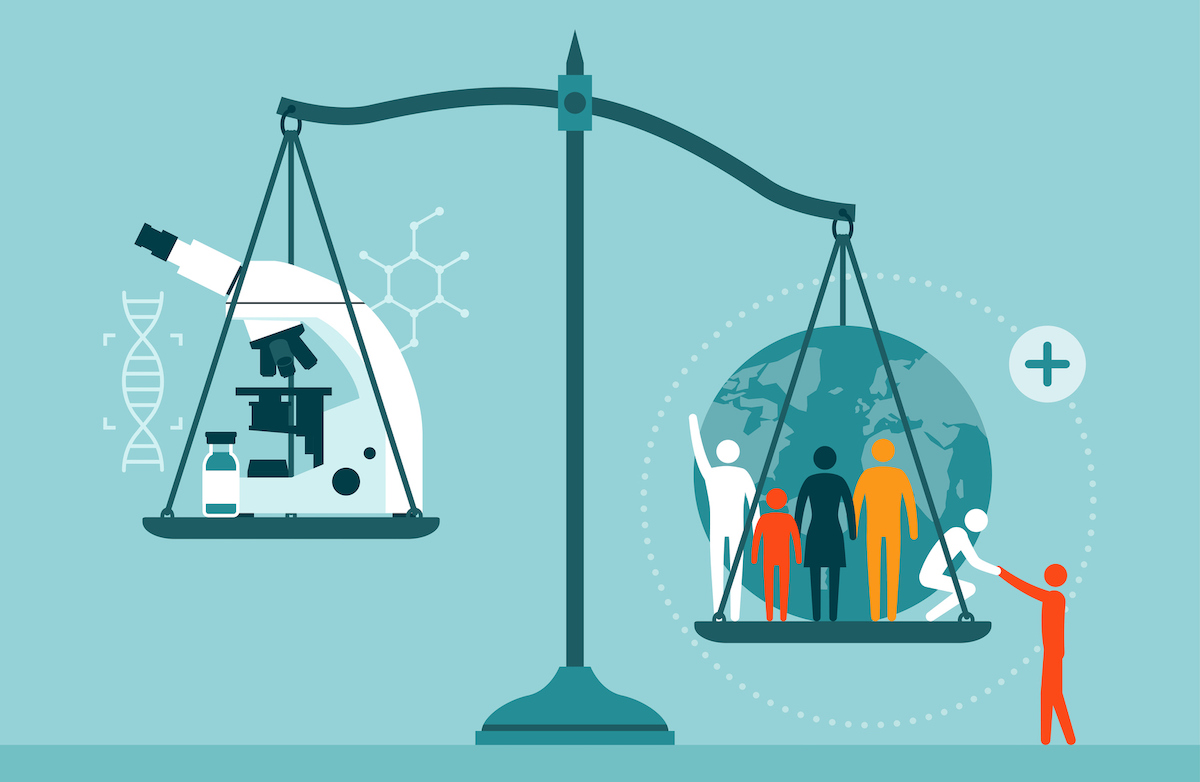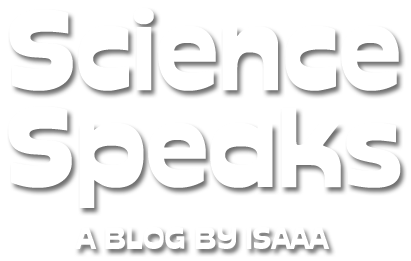Policy and Transparency: Increasing Public Trust in US Biotechnology Regulations
| |
In 2022, the United States released Executive Order 14801 on biotechnology. Titled Advancing biotechnology and biomanufacturing innovation for a sustainable, safe, and secure American bioeconomy, the Executive Order called for the identification of gaps or uncertainties in how the US regulates modern biotechnology. Experts from the North Carolina State University responded to the Executive Order and published it in Frontiers in Bioengineering and Biotechnology. In the response, they highlighted the importance of transparency and trust in biosafety regulations by proposing to set up an accessible systematic database of biotechnology products in the US, and encouraging active public engagement during the regulatory process.

Biosafety framework in the US
Assessing applications of products of modern biotechnology in the US, which include genetic modification and gene editing, are the responsibility of the United States Department of Agriculture, Food and Drug Administration, and the Environmental Protection Agency. All three are guided by the Coordinated Framework for the Regulation of Biotechnology (CFRD) which was established in 1986.
Fast forward to 2020, CFRD and the three agencies have gone through years of revisions and adapted to the changing environment triggered by the rapid development of biotechnology. The US also released the USDA Sustainable, Ecological, Consistent, Uniform, Responsible, Efficient (SECURE) Rule. It was a response to the development of novel gene editing techniques like CRISPR and TALENs, as products derived from these techniques still required regulation and approval. SECURE helped simplify biosafety regulations in the US and it does not require assessment of certain gene-edited products. However, it is this notion of simplification and ease that critiques are using to malign the credibility of regulations. If the public is successfully led to the direction that the critiques are ushering them to, acceptance of biotechnology products is likely to spiral down as mistrust in the regulatory agencies become evident.
An accessible, centralized data ecosystem
With the release of Executive Order 14801, the North Carolina State University experts see a window of opportunity to enhance visibility and encourage trust in the regulatory system. Their first proposal is the establishment of a shared database, which is based on Section 1 of the Executive Order. The section states, to wit, “foster a biological data ecosystem that advances biotechnology and biomanufacturing innovation, while adhering to principles of security, privacy, and responsible conduct of research.”
Their idea revolves around an accessible database that the public can rely on to make sound decisions while at the same time allowing regulatory bodies, local and federal agencies, research institutions, the academe, and the public sector to become accountable and transparent when developing and distributing genetically engineered products. A shared database can potentially:
- Enhance transparency to foster public trust in the risk assessment process;
- Centralize and coordinate the flow of information obtained and released by the three CFRB agencies; and
- Keep reliable information and mechanisms that are useful for monitoring the safety and efficacy of biotechnology applications.
The authors recognize that setting up the database is a monumental task for the government. However, the benefit that a database can bring outweighs this concern. A database that is accessible by the public and key stakeholders to counter misinformation or the lack of access to science-based information or policies is needed now more than ever.
Public involvement in regulatory processes
Executive Order 14801’s Section 2 calls for a broader public engagement to include a diversity of values and opinions when revising policies. Involving different groups, especially those who are directly affected by the novel technology, in the regulatory process aids in addressing concerns related to public trust and ethical, socio-economic, and cultural issues. Public engagement fosters an encouraging environment among stakeholders and beneficiaries with different expertise, perspectives, and values to work towards a common goal. And to boost the level of public engagement, the experts think that it is necessary for the regulatory process to be transparent.
Under the SECURE Rule, technology developers are not always subject to disclosing the full information to the public during the application process. They may be required to hold public comment periods, but these often occur downstream in the process. Other times, they will submit safety reports to regulators but the reports can lack a broader public input. While there are efforts to make information available to the public online through official websites, the experts noted that these websites are not necessarily layman-friendly.
The experts emphasize that public engagement has to be more than the distribution of science-based information. It should go beyond distribution in order to cultivate the exchange of perspectives, experiences, and knowledge, as well as incorporate different values throughout the process of developing novel technologies. Authentic engagement opportunities can help bridge the gap between science and society which will benefit regulators, stakeholders, and the public.

Trusting a credible regulatory system
The public’s perception of modern biotechnology applications and products rely on credibility and trust on the regulatory system. The opportunity for adjustment in the policy that Executive Order 14801 presents, as highlighted above, can increase the level of public trust in research and development, and regulation of novel technologies. To achieve this, societal concerns and access to shared science-based information need to be carefully considered to help stakeholders and beneficiaries make sound decisions that will likely affect the future of biotechnology in the US.
For the complete discourse on the topic, refer to Seizing the policy moment in crop biotech regulation: an interdisciplinary response to the Executive Order on biotechnology published by Frontiers in Bioengineering and Biotechnology.
| Newer Post | Archive | Older Post |
Science Speaks is ISAAA Inc.'s official blog. Weekly blog articles, authored by ISAAA writers, partners, and invited contributors, aim to help share, disseminate, and promote scientific knowledge and its vital role in achieving global agricultural sustainability and development. Your support to Science Speaks will help us achieve this goal. You can help us by donating as little as $10.

